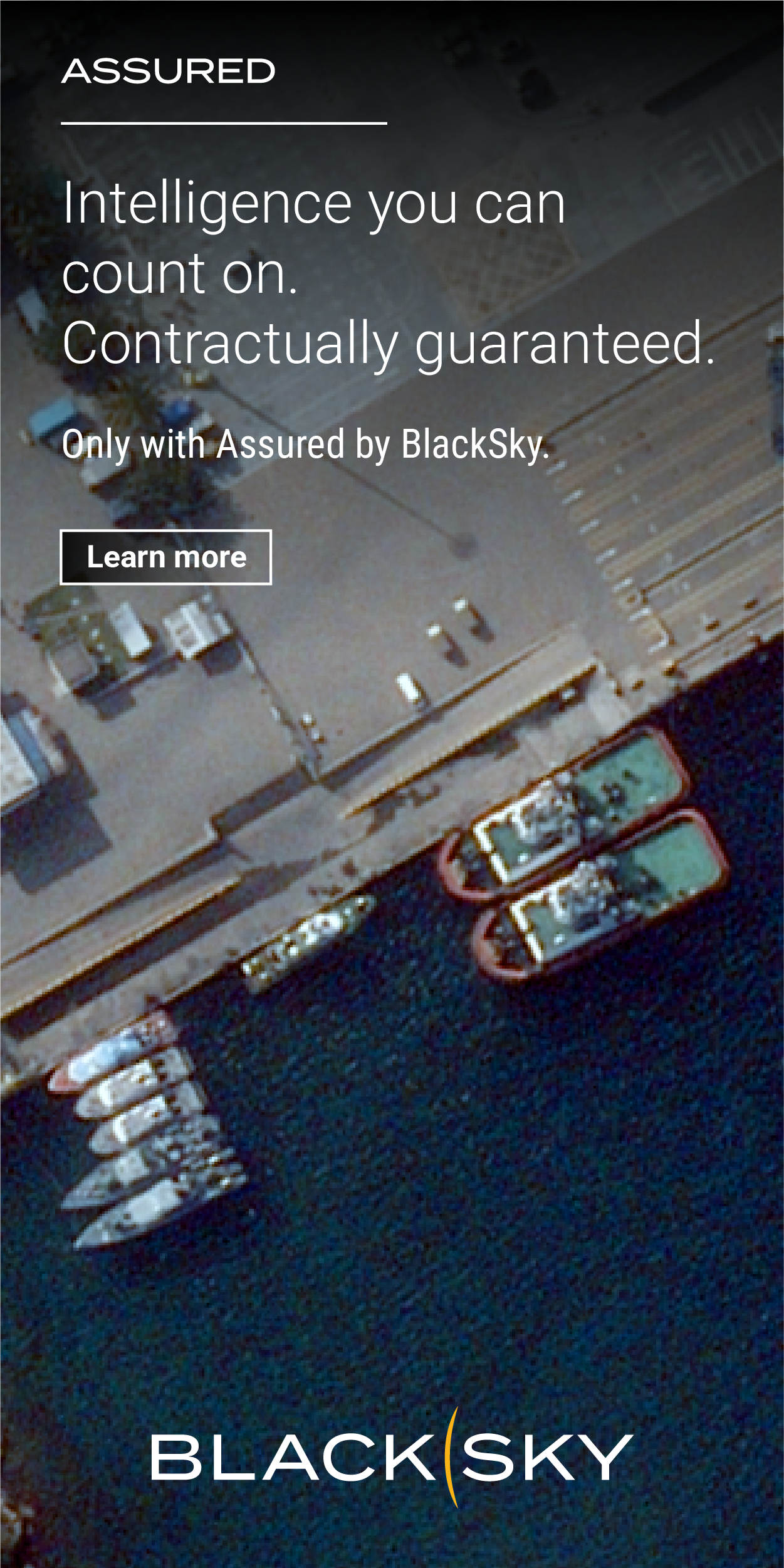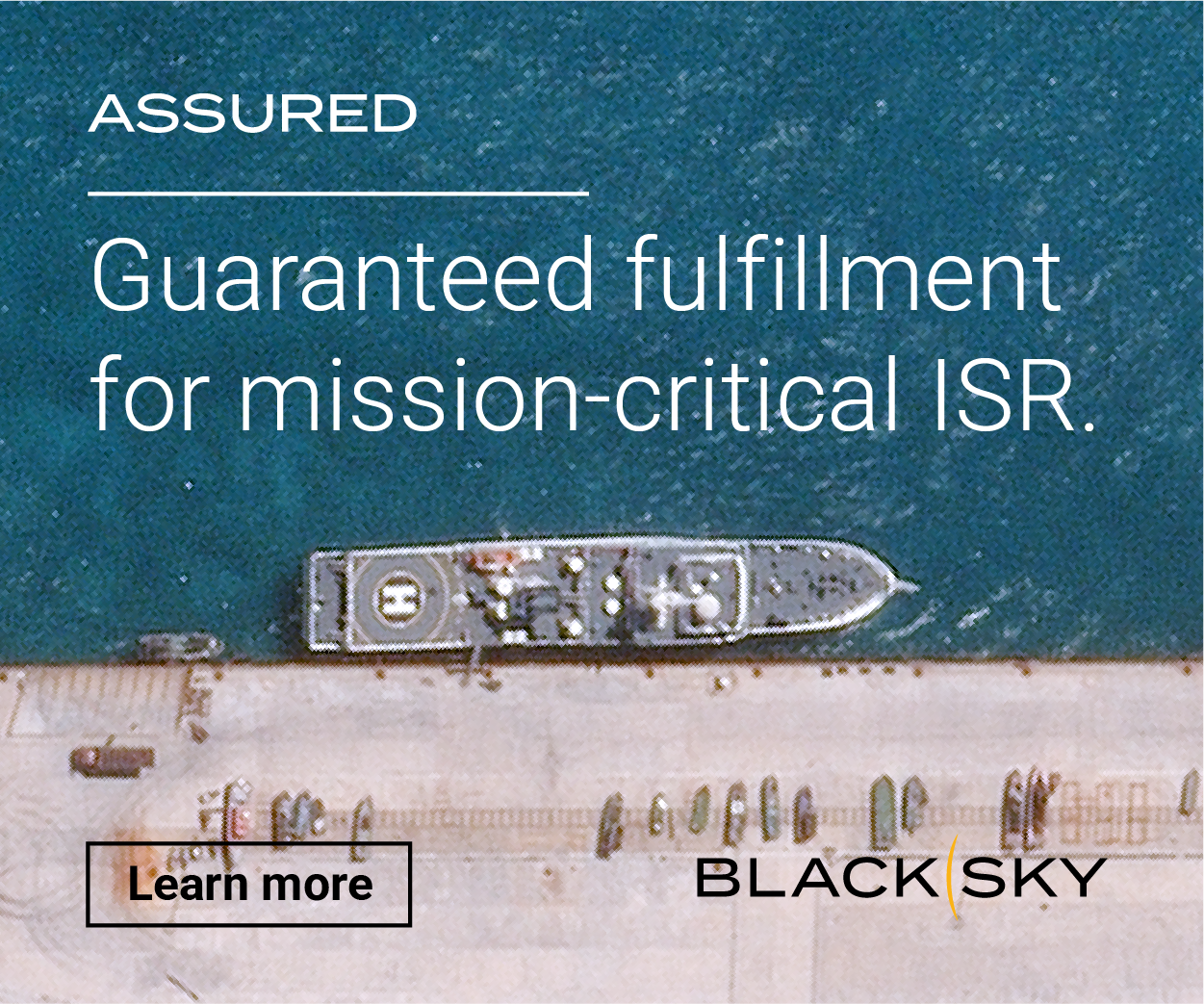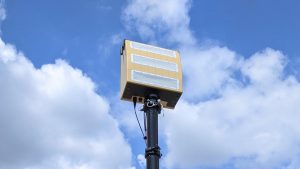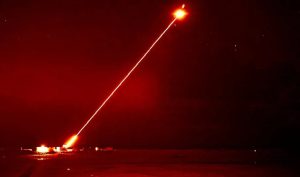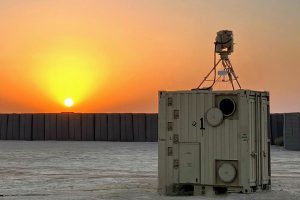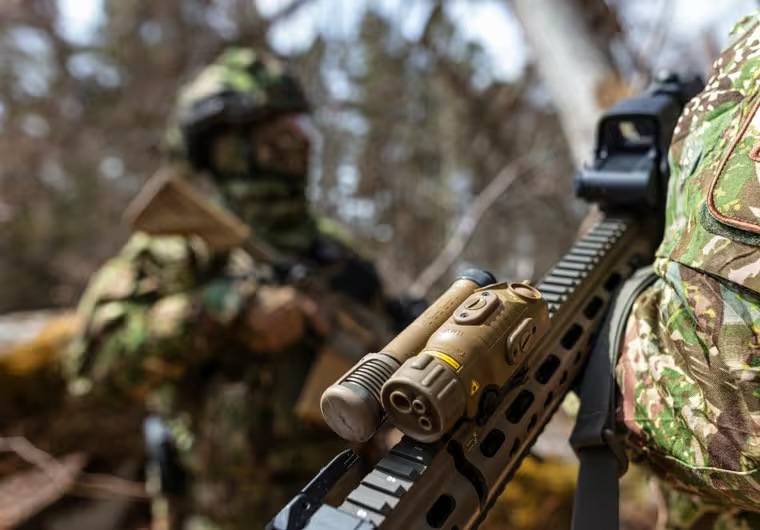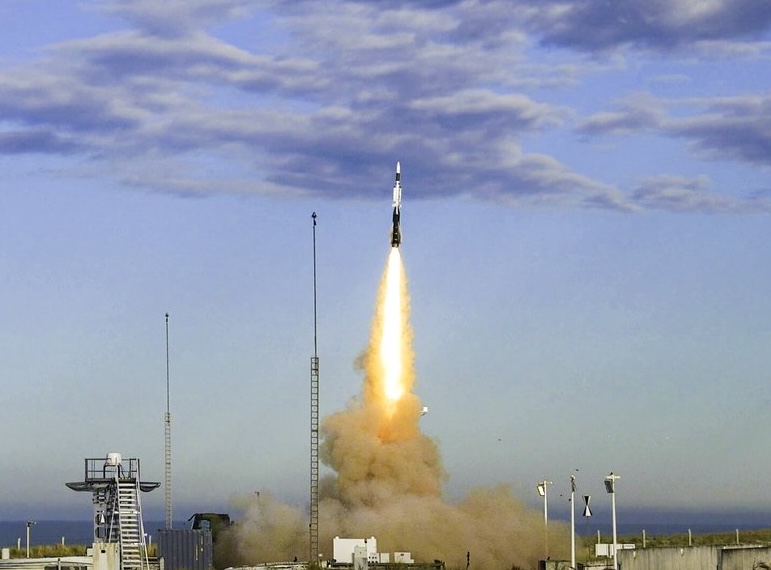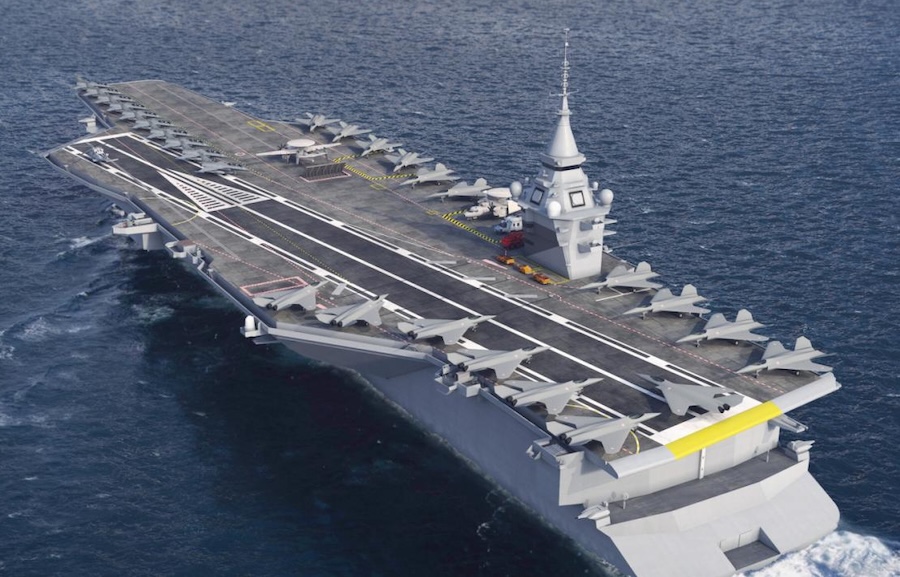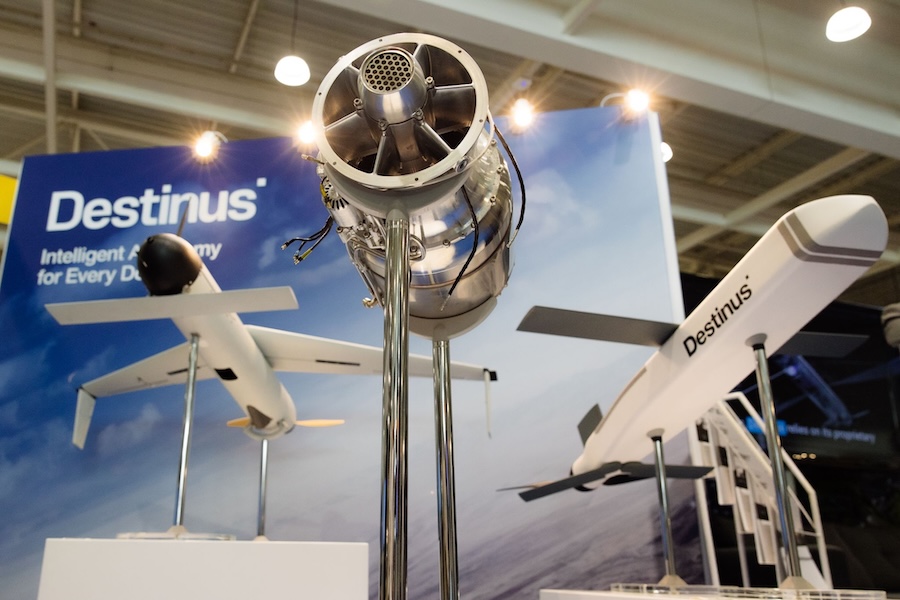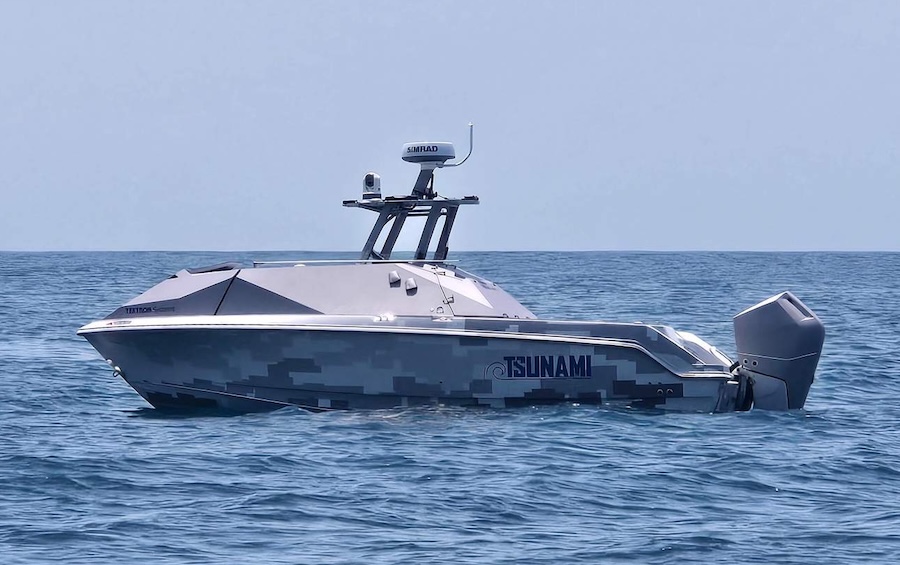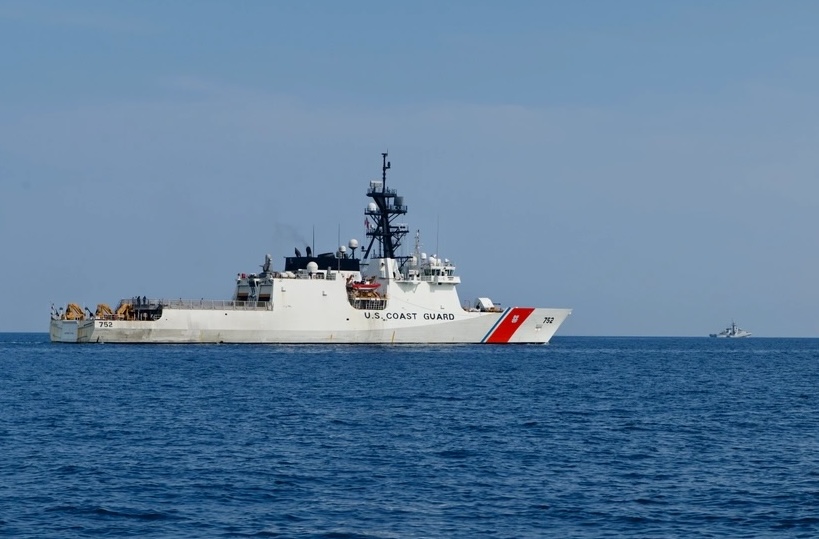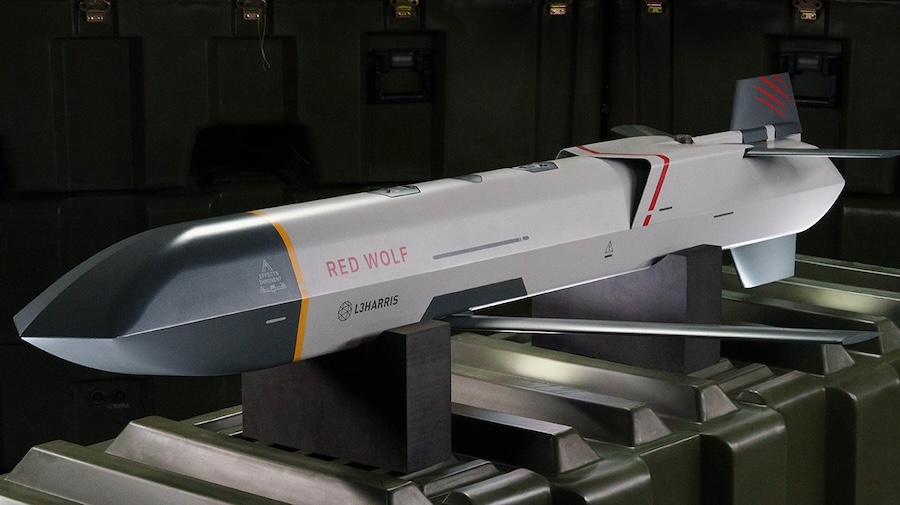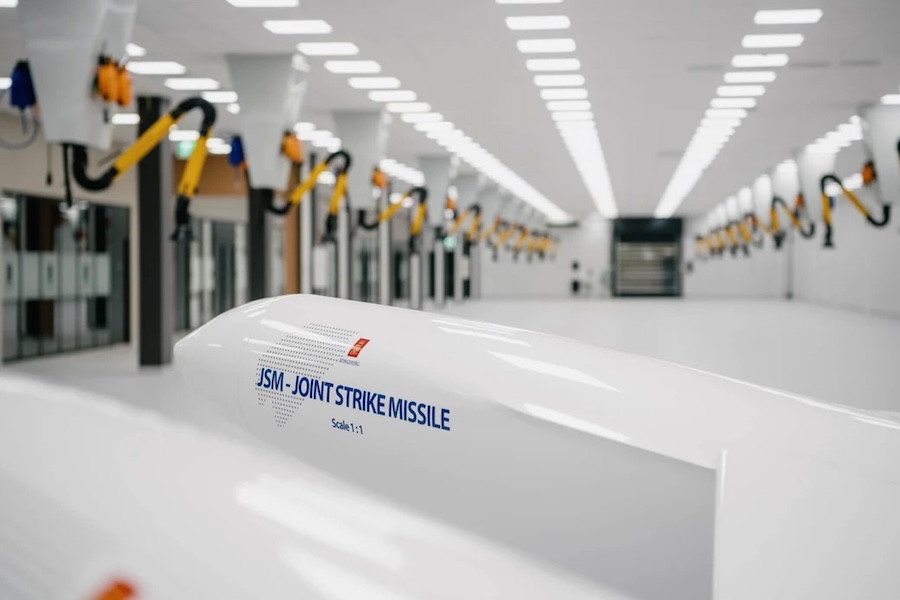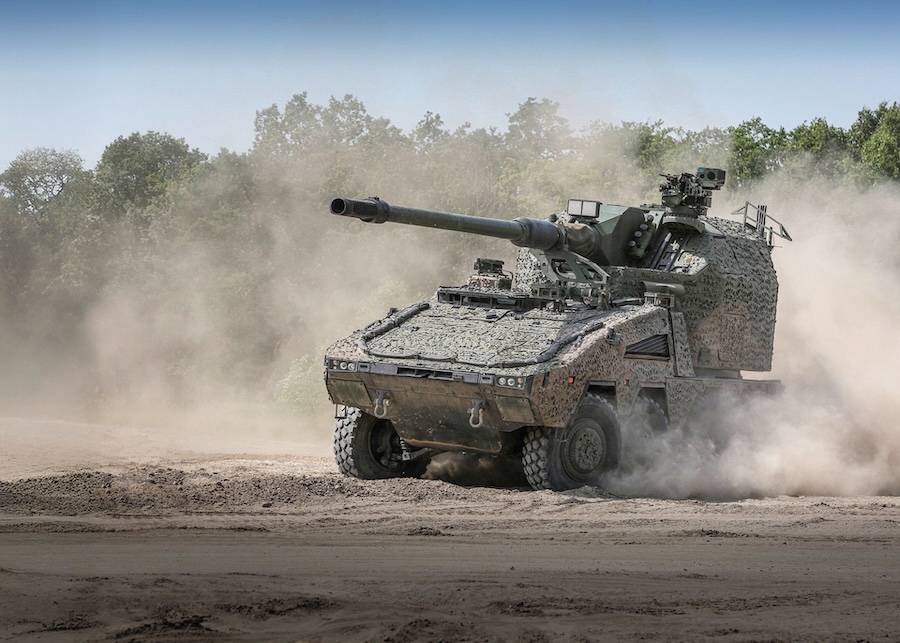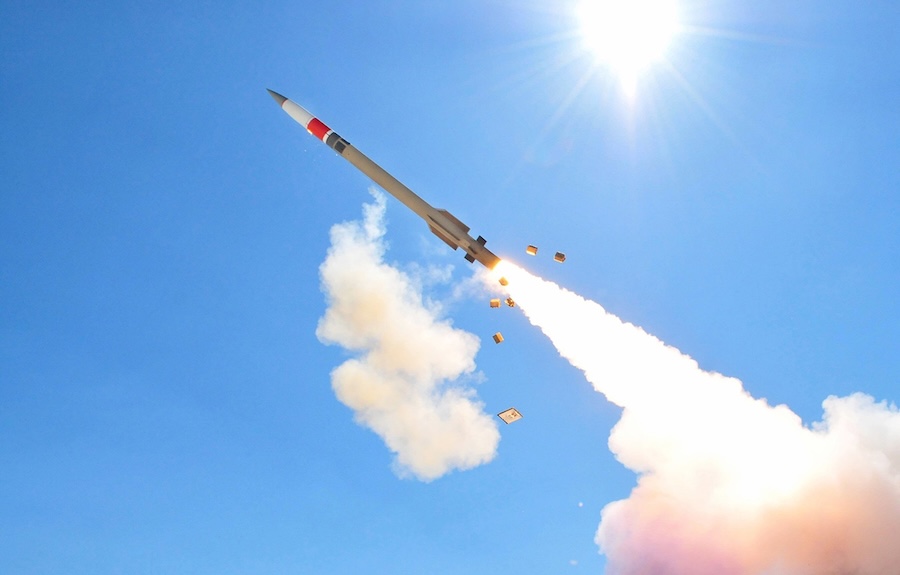The test was conducted on the Arleigh Burke-class destroyer USS Preble, which used the HELIOS system to target and neutralise an aerial drone. Details of the test, such as the exact date and location, were not disclosed in the recently published report by the Office of the Director, Operational Test and Evaluation.
A photograph accompanying the report shows a streak of white light emitted from the warship into the sky, illustrating the laser system in action. The Center for Countermeasures, a programme established in 1972 to assess the U.S. Department of Defense’s capability against evolving technological threats, conducted 32 tests in 2024, including the evaluation of directed-energy weapons.
The HELIOS test was aimed at verifying the system’s functionality, performance, and operational capability. The USS Preble had departed Naval Base San Diego, California, in September 2024 and reached its new station in Yokosuka, Japan, on 12 October 2024, though it remains unclear where the laser trial took place.
Lockheed Martin provided the Navy with the 60-plus-kilowatt laser in August 2022, making it the first tactical laser system to be integrated into an existing warship. The increasing reliance on unmanned warfare, particularly in the Red Sea and Gulf of Aden, has further accelerated the need for advanced defensive measures, as U.S. naval forces have been actively countering drone and missile threats from Iran-backed Houthi rebels since late 2023.
Vice Admiral Brendan McLane acknowledged in 2024 that the Navy lacked a deployable laser system, stressing the potential of directed-energy weapons in enhancing defence against Houthi combatants. Integrating lasers aboard Navy vessels is expected to reduce dependency on conventional munitions, allowing crews to manage resources more efficiently.
Despite investing $1 billion annually into high-energy laser and high-power microwave development, the Pentagon has faced challenges in delivering deployable solutions. Issues such as power supply constraints, operational effectiveness, and environmental conditions like fog and wind have complicated the deployment of these systems.
Currently, the Navy has equipped eight Arleigh Burke-class destroyers with the Optical Dazzling Interdictor, or ODIN, a laser system designed to disrupt enemy sensors. Additionally, a 150-kilowatt Laser Weapon System Demonstrator (LWSD) has been installed on a San Antonio-class amphibious transport ship, reflecting ongoing efforts to enhance naval defence capabilities through directed-energy technologies.





